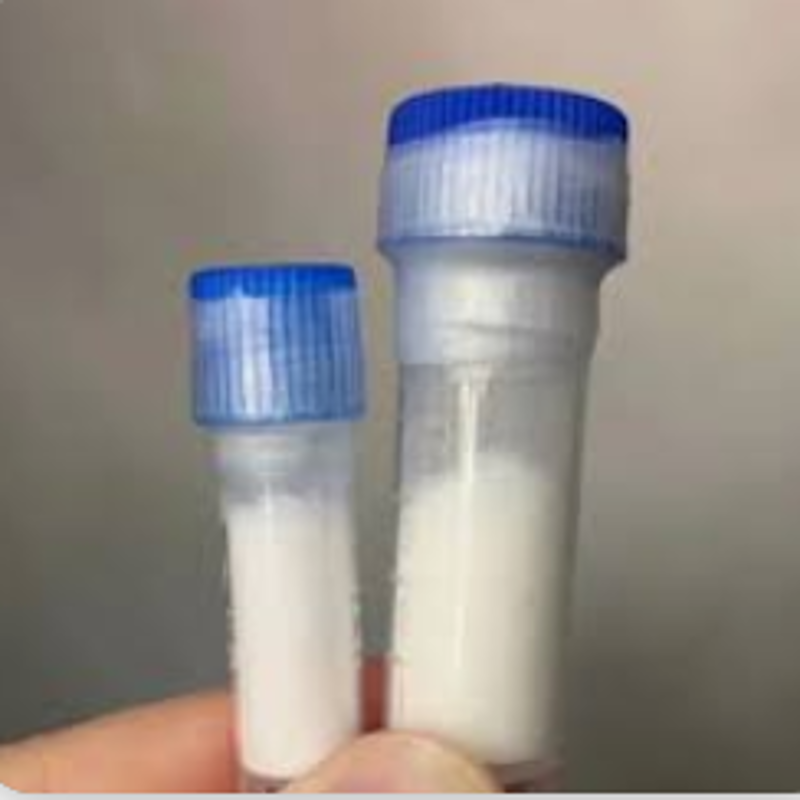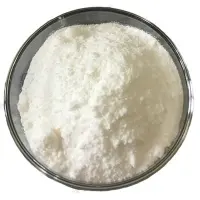-
Categories
-
Pharmaceutical Intermediates
-
Active Pharmaceutical Ingredients
-
Food Additives
- Industrial Coatings
- Agrochemicals
- Dyes and Pigments
- Surfactant
- Flavors and Fragrances
- Chemical Reagents
- Catalyst and Auxiliary
- Natural Products
- Inorganic Chemistry
-
Organic Chemistry
-
Biochemical Engineering
- Analytical Chemistry
-
Cosmetic Ingredient
- Water Treatment Chemical
-
Pharmaceutical Intermediates
Promotion
ECHEMI Mall
Wholesale
Weekly Price
Exhibition
News
-
Trade Service
October 9, 2020 /--- In a recent study, researchers at the University of Melbourne revealed how inflammation occurs during the onset of motor neurone disease (MND), offering hope to people with the debilitating and incurable disease.
they found that by blocking immune receptor molecules called STING, they could significantly prevent inflammation of cells in MND patients, paving the way for the development of new drugs for neurodegenerative diseases such as MND.
findings, published recently in cell magazine, were led by Associate Professor Seth Masters and Yulan Dr, researchers at the Walter and Eliza Hall Institutes, as well as colleagues at the University of Melbourne and the Hudson Institute.
MND is an incurable disease that manifests itself in speech, swallowing and breathing difficulties, and does not work properly, with an average life expectancy of only two years after diagnosis.
most people with MND accumulate a protein called TDP-43 in central nervous system cells.
this accumulation is associated with an inflammatory response prior to the main symptoms of MND.
the Institute of Health and Human Resources investigated how inflammation that causes disease in MND is triggered.
"We found that an immune sensor called STING is activated downstream of TDP-43.
, our team has studied STING's role in other inflammatory diseases and is now working on how to stop it.
team used new inhibitors (drug-like compounds) to block different components of this inflammatory pathway.
"using cells from MND patients to convert them into motor neurons in petri dishes, we have shown that blocking STING can significantly prevent inflammation and keep cells alive longer."
this is the first step in bringing these inhibitors into clinical treatment of MND.
(bioon.com) Source: Take the STING out of MND Original source: Chien-Hsiung Yu et al, TDP-43 Triggers Mitochondrial DNA Release via mPTP to Activate cGAS/STING in ALS, Cell (2020). DOI: 10.1016/j.cell.2020.09.020.







